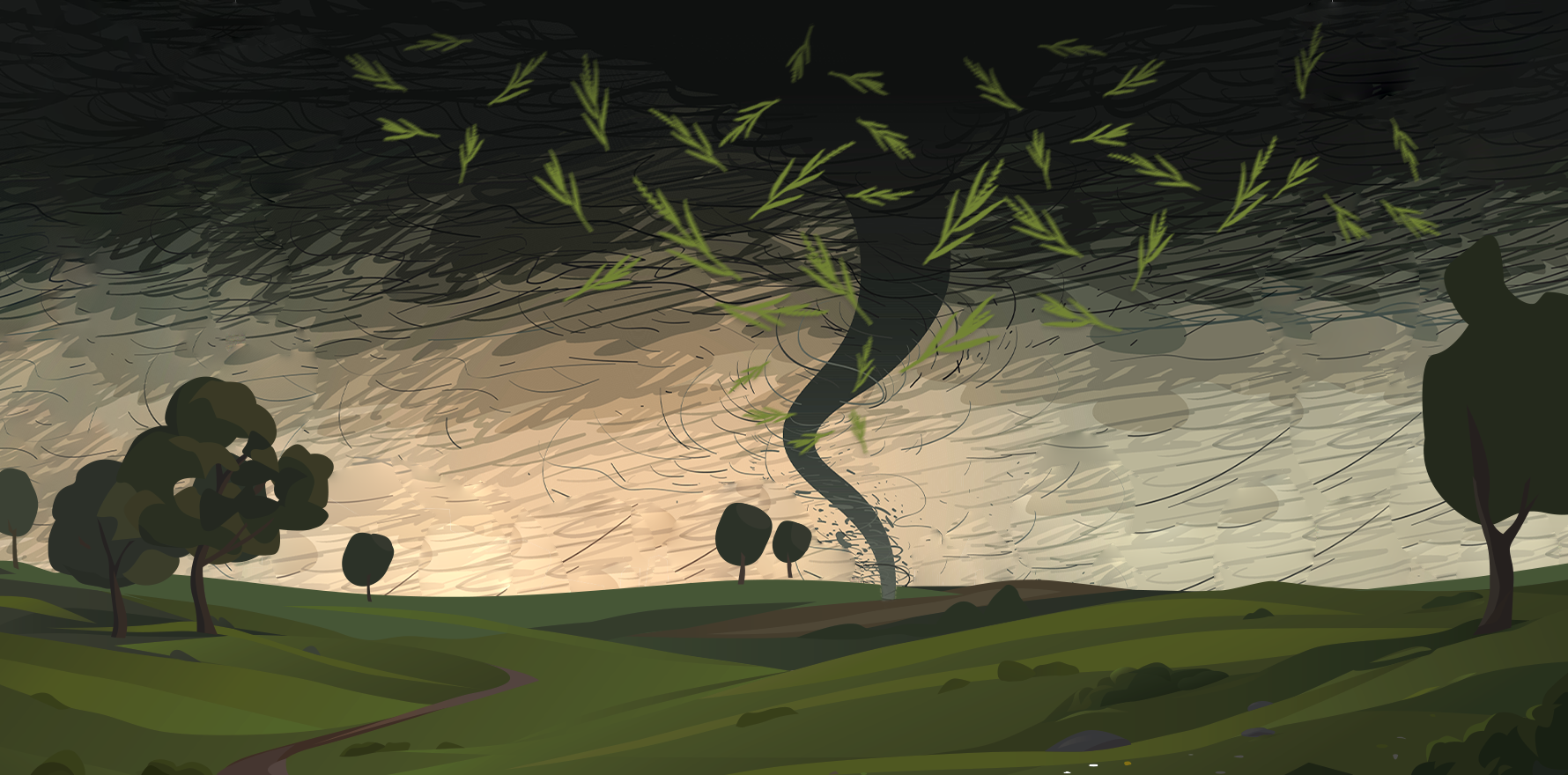People with asthma and ryegrass allergy are at greatest risk, but inhaled corticosteroids are protective.
People with asthma and ryegrass allergy are at risk of dying or being admitted to intensive care if they are not using inhaled corticosteroids as storm season arrives, the National Asthma Council has warned.
The peak asthma body has updated its information on thunderstorm asthma for health professionals, as high to extreme pollen levels are predicted in Victoria.
When there are high concentrations of grass pollen in the air, life-threatening asthma can be triggered in people who have ryegrass allergy even if they have not had asthma before.
National Asthma Council Australia Director and respiratory physician Professor Peter Wark said it was critical that patients with asthma have good asthma control, keep taking their preventer medication and know what to do in an asthma emergency.
“Most people with asthma over the age of six years should be using a preventer to keep their asthma under control. A blue reliever inhaler does not stop the inflammation that causes asthma and will not prevent an asthma attack.”
Professor Wark said patients who needed to use a reliever more than twice a month should start taking a preventer, and should see their doctor if they were going to be in an area with ryegrass pollen during spring and early summer.
People with hay fever and allergy to ryegrass pollen may be at risk of thunderstorm asthma even if they have never had asthma symptoms before, he said.
“If you are allergic to ryegrass pollen, you could have a severe asthma attack if you are outside in gusty winds just before or during a thunderstorm in spring or early summer in a place where there is ryegrass pollen in the air, which includes most of southeastern Australia,” he said.
Professor Wark said using a nasal corticosteroid spray every day during pollen season was the best way to control allergy symptoms.
“Hay fever can cause upper and lower airway inflammation and result in itchy watery eyes, runny nose and sneezing, but even more concerning, hay fever can lead to an increased risk of serious asthma flare-ups,” he said.
The National Asthma Council Australia guidelines said when people who have allergic rhinitis but not asthma, clinicians should explain how to recognise the symptoms of asthma and how to use a reliever.
Patients should also check the pollen count in their area using sources such as Pollen Forecast or AusPollen, it said.
People who are strongly allergic to ryegrass pollen, and people with asthma who are not using inhaled corticosteroids are most at risk, the guidelines said.
Thunderstorm asthma can be triggered in regions with high grass pollen concentrations in the ear during spring and early summer, especially in southeastern mainland regions. Peak thunderstorm asthma season is from the beginning of October until the end of December.
Clinicians should educate people without asthma to recognise and report possible asthma symptoms including wheezing, tight chest and dyspnoea. Patients also need to know how to access a rapid acting reliever inhaler if needed.
For patients with asthma and ryegrass allergy, clinicians should prescribe inhaled corticosteroid-based preventer at least two weeks before high pollen counts begin, and check their adherence and inhaler technique, the guidelines said.
Patients should also carry a reliever inhaler such as salbutamol or inhaled corticosteroid-formoterol.
“Update written asthma action plans regularly and ensure patients always have access to rapid-acting bronchodilator relievers,” the guidelines said.
People with allergic rhinitis during spring – whether they have asthma or not – should also avoid being outdoors just before and during thunderstorms in spring and early summer, especially if conditions are windy before the rain front.
During the thunderstorm asthma event in Melbourne in 2016, 10 people died and 35 were admitted to intensive care.
According to the National Asthma Council Australia, most patients who sought medical treatment for thunderstorm asthma had not been previously diagnosed with asthma but did have seasonal allergic rhinitis.
All patients who died or who were admitted to intensive care had diagnosed asthma, but most of them were not using an inhaled corticosteroid preventer.
A high proportion of people who presented to emergency departments were of Asian background, and the average age was 32.




